Do you want to learn how to choose keywords for SEO?
Choosing the right keywords can feel like trying to find a needle in a haystack. But don’t worry, I’m here to help!
As an experienced content writer for OptinMonster, I’ve learned a few tricks of the trade that I’m excited to share with you.
Let’s dive into the five essential steps to choose the best keywords for your SEO strategy.
- Step #1: Generate Relevant Keyword Ideas
- Step #2: Assess Keyword Metrics
- Step #3: Determine Search Intent
- Step #4: Examine the SERP
- Step #5: Choose Primary Keywords
Step #1: Generate Relevant Keyword Ideas
We’ll explore three basic methods to find relevant SEO keywords ideas:
- Targeting Competitors’ Keywords
- Exploring Keywords Using a Seed Keyword
- Finding Keywords You Already Rank For
1. Targeting Competitors’ Keywords
Spying on your competitors can feel a bit like being a secret agent in the search engine optimization (SEO) world. It’s not just about looking over their fence; it’s about understanding their SEO and keyword strategy. Here’s how I do it:
Launch Semrush’s Keyword Gap tool, enter your domain, and watch as your competitors line up for a showdown.
The tool will suggest some rival domains. Choose wisely; sometimes the best insights come from unexpected sources.
Click that “Compare” button, and voila! You get a bird’s eye view of the keyword landscape. It’s like having a map where X marks the spot for SEO treasure.
Pay attention to the “Missing” and “Weak” tabs. These are the hidden gems that your competitors are using, but you might not be.
If your site is just starting, skip adding your domain. Just pit five competitors against each other and focus on the “Shared” tab.
2. Exploring New Keywords Using a Seed Keyword
Think of a seed keyword as the magic bean that grows into a beanstalk of keyword opportunities. It’s the starting point of your journey.
If you’re working on a VPN blog, start with something broad like “unblocking” or “anonymity.”
Enter this seed keyword into Semrush’s Keyword Magic Tool and watch the magic happen.
3. Finding Keywords You Already Rank For
You can also find out which search queries are already bringing organic traffic to your site as a starting point for generating new and related keyword.
You can use these for SEO, content development, and digital marketing. Two places to find these are Google Analytics and Google Search Console.
If you have linked a Google Search Console account to your Google Analytics account, then while you’re in Analytics, go to Reports » Search Console » Queries.
Finally, there are a few other places where you can start identifying keywords, including:
- Blog comments, making note of when people ask about certain topics.
- Social media hashtags are essential keywords, so see what people use when sharing your content.
- Book titles and categories on Amazon.
Don’t forget about local search, which has become more important as searchers have gone mobile. A place name can also be a useful search term modifier, so if your business serves a particular locality, consider this as part of the keyword generation process.
That also applies to seasonal search terms.
Step #2: Assess Keyword Metrics
The best keywords for SEO should hit the sweet spot between being popular and being easy to rank. This involves balancing two key metrics:
Search Volume: This represents the frequency with which a keyword is searched. It’s a gauge of popularity and potential search traffic.
Keyword Difficulty: This metric indicates the level of challenge involved in ranking for a particular keyword.
Search Volume
Imagine search volume as the pulse of a keyword – it tells you how alive (or popular) a keyword is. However, remember that more isn’t always better. Super high search volumes can mean super high competition.
If a keyword is a ghost town (read: low search volume indicating low competition), ranking high for it won’t do you much good. But here’s the twist – you don’t always need to chase the big fish. Sometimes, less can be more.
Let’s chat about long-tail keywords. They’re like the hidden alleyways of a bustling city, less crowded but full of surprises.
For instance, a keyword phrase like “best video editing app for instagram” might not have the monthly search volume of “video editing app,” but it’s way more specific. This means a higher chance of conversion, as people using this search are likely closer to making a purchase.
Keyword Difficulty
Keyword Difficulty helps you understand how hard it will be to rank for a specific keyword in organic search engine results. It’s often represented as a score, typically on a scale from 0 to 100, with higher numbers indicating greater difficulty.
As a rule of thumb, the lower the difficulty, the easier the chances of ranking, and vice versa.
In the SEO game, you want to find levels you can actually beat. This metric is a lifesaver, especially for newer or smaller websites.
There’s a dance between search volume and keyword difficulty. High volume often means high difficulty, like the keyword “email marketing.” It’s like being a small fish in a big pond.
But don’t lose heart – sometimes, targeting lower volume keywords with less difficulty can be your golden ticket.
Step #3: Determine Search Intent
“Search Intent,” also known as “user intent,” is a crucial concept in SEO and it refers to the underlying purpose or goal that a user has in mind when typing a query into a search engine.
Understanding search intent is vital because it helps you align your content with what users are actually looking for, which can significantly improve your site’s relevance, user experience, and ultimately, its ranking in search results.
There are typically four main types of search intent:
- Navigational Intent: Here, users know their destination. Example: “OptinMonster login”.
- Informational Intent: These users are on a fact-finding mission. Example: “What is lead generation?”.
- Commercial Intent: Think of this as window shopping online. Users are almost ready to buy but need a little more convincing. Example: “OptinMonster review”.
- Transactional Intent: The user’s credit card is out, and they’re ready to buy. Example: “Buy OptinMonster subscription”.
Search intent is like the motive behind a detective story – it’s the real reason someone types a query into Google. It’s what the user hopes to find.
How do you identify the search intent? Well, Google is pretty smart at matching search results with search intent. So, a quick look at the SERPs can reveal a lot.
If “best email marketing software” brings up lots of comparison articles, that’s commercial intent. But, if “how to start email marketing” shows how-to guides and tutorials, that’s informational.
Imagine you’re panning for gold in the river of keywords. You need to sift out the nuggets (keywords) that align with your goals. With tools like Semrush’s Keyword Magic Tool, you can filter keywords by their intent.
Once, while researching for a OptinMonster’s blog, I focused on informational and commercial intent. I used the “Intent” filter in the tool, and voilà! I had a list of keywords that perfectly matched the content strategy we were aiming for.
Understanding the intent behind keywords is like having a map to hidden treasure. It helps you prioritize keywords that are more likely to lead to conversions, sign-ups, or whatever your end goal is.
Each stage of the buyer’s journey correlates with different search intents.
Awareness stage = Informational keywords
Consideration stage = Commercial intent
Decision stage = Transactional keywords
Even with all the fancy keyword tools, there’s no substitute for a good old SERP analysis. It’s like taking a sneak peek into Google’s brain. Plus, it helps you understand the type of content you need to create to satisfy that intent.
Step #4: Examine the SERP (Search Engine Results Page)
SERP analysis is about studying what currently tops Google’s first page for your target keyword.
You’re looking at the elements like featured snippets, People Also Ask (PAA) sections, and the overall vibe of the top web pages.
How to conduct a SERP analysis? You can go old school and just type your keyword into Google. It’s like taking a walk in your target audience’s shoes.
Or, you can use tools like Semrush’s Keyword Overview for a more tech-savvy approach. This way, you get extra goodies like Page Authority Score, backlinks and Referring Domains data.
Think of it as your map in the SEO wilderness. It shows you:
- The Content Landscape: If you see a desert of listicles, maybe it’s time you created an oasis with a different content type.
- Content Gaps and Opportunities: Spotting these is like finding a shortcut to SEO success.
- Related Topics and Queries: These are your breadcrumbs leading to more SEO opportunities.
Did you know that the #1 spot in Google search results gets the lion’s share of clicks? But wait, there’s more to it.
The more features like ads, featured snippets, and PAA questions, the more they can steal the spotlight from organic results.
Sometimes, Google answers users’ queries right on the SERP. It’s convenient for users but a bummer for websites – no clicks for you!
Once you’ve played detective with the SERPs, it’s time to gather your clues. Save your chosen keywords in a keyword list – consider it your personal SEO treasure chest.
Let me share a quick story. Once, while working on a blog, I did a SERP analysis for “email marketing tools.” The top results were all listicles. This insight led us to create a comprehensive guide that eventually outranked the competition. It was a game-changer!
Step #5: Choose Primary Keywords
This is the step where you narrow down your keyword list. Aim for a mix of high-volume, low-difficulty keywords and some niche, specific ones.
A primary keyword, often called a “focus keyword,” is the cornerstone of your page’s SEO. It’s the star player in the elements such as the title tag, main heading, the first paragraph, and the URL.
Having a unique primary keyword for each page helps you sidestep the pitfall of keyword cannibalization. This ensures your pages aren’t competing against each other in search rankings. Plus, it makes it crystal clear to both users and search engines what your page is about.
Once you’ve identified your primary keyword, it’s time to optimize. But remember, optimization is not about keyword stuffing. It’s about natural, user-friendly content that happens to be SEO-friendly too.
While your primary keyword leads the charge, don’t forget about secondary keywords. These can be sprinkled throughout your content as synonyms or related phrases. They add variety and depth to your content without overshadowing your main focus.
I once worked on an article targeting “lead generation tools.” During my research, I realized the keyword phrase“lead generation softwares” was also a strong contender. By using both, but focusing on the first, the article gained traction for a variety of relevant searches.
Don’t ignore long-tail keywords (longer, more specific phrases). They often have lower search volumes, but they’re less competitive and can attract a very targeted audience.
The Best Keyword Research Tools
- Ahrefs is a complete suite of keyword research, content and SEO tools.
- Answer the Public breaks down its results by type of question, so that you can target content to providing the answers.
- Google Ads (Google Keyword Planner) lets you evaluate monthly global and local search volumes for keywords, competition levels and an estimated cost per click.
- SEMrush provides keyword data and helps you find keywords related to your main search terms. This paid tool has lots of other features, too, but you can try out a free keyword search on this page.
- SEO Book Keyword Suggestion Tool provides search volumes, related terms, estimated value and more.
- Google Trends to search for trending keywords globally
Many of the tools listed above can help you analyze other aspects of your website’s performance, not just keywords.
But even if you’re looking at keyword data, these tools can give you information like search volume, ranking difficulty (useful for content strategy and SEO), keyword value (useful for pay-per-click advertising), competition, and more.
Read our guide to learn more about these keyword research tools.
Choosing the right keywords for SEO isn’t as daunting as it seems. Remember, SEO is a marathon, not a sprint. It takes time, but with the right keywords, you’re setting yourself up for success.
Keep experimenting, keep learning, and you’ll find the perfect mix that works for your content. Happy keyword hunting!
More on SEO:
- Cracking the Code: Unveiling 10 Powerful SEO Ranking Factors
- On-Page SEO Checklist: How to Fully Optimize Your Posts
- 24 Expert SEO Tips & Advice to Boost Your Traffic
- SEO Made Simple: Where & How To Use Keywords in Your Content
- 50+ Powerful SEO Statistics That Will Help You Boost Traffic to Your Site
- SEO Best Practices: Simple Routines for Ultimate Success
- The DIY Mobile SEO Guide: How to Be Mobile-First
- Mastering Off-Page SEO: Boosting Your Website’s Visibility
- Discover the Best SEO Plugin for WordPress: Expert Picks!



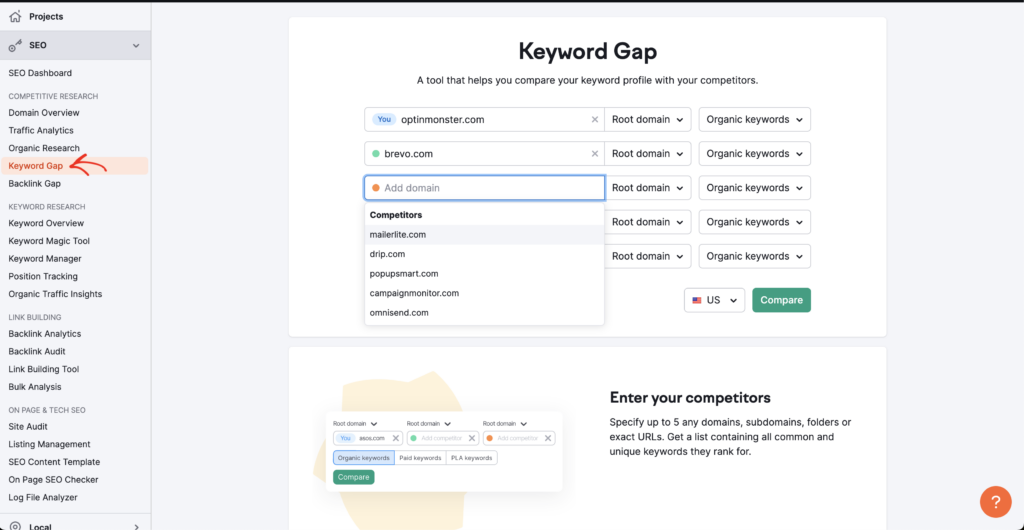
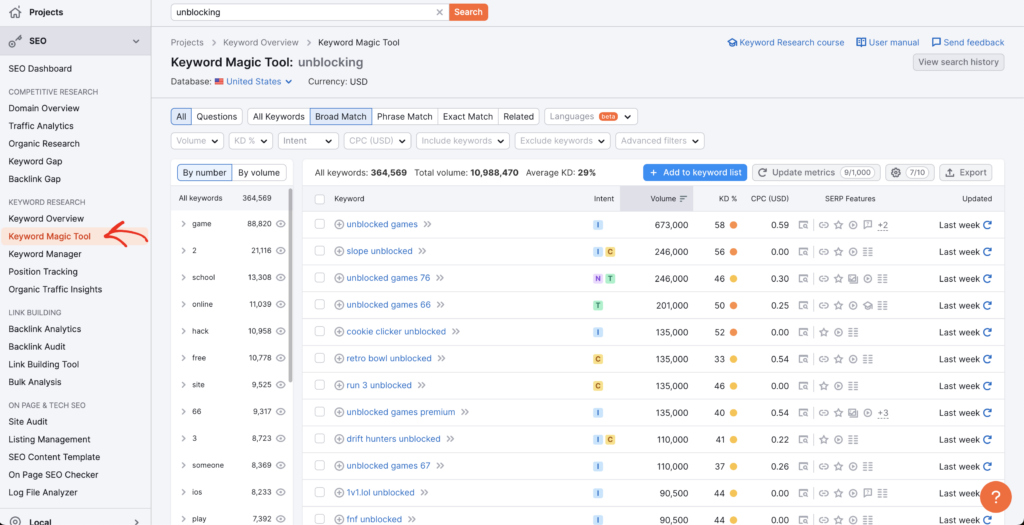

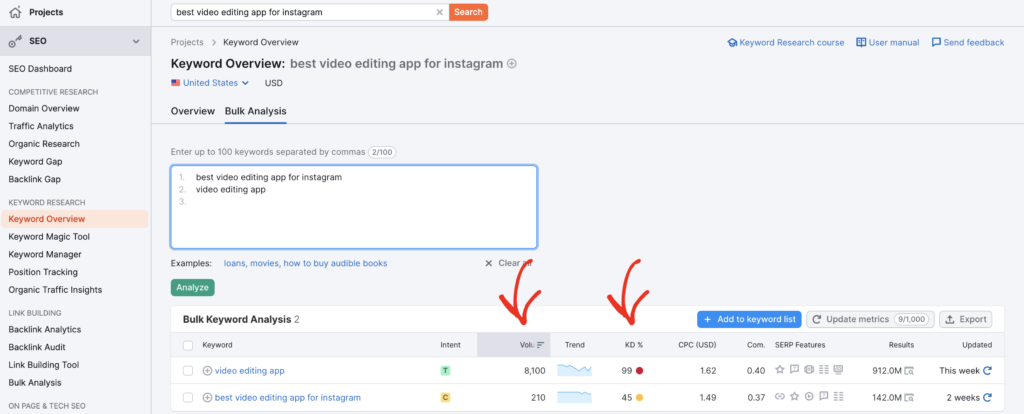
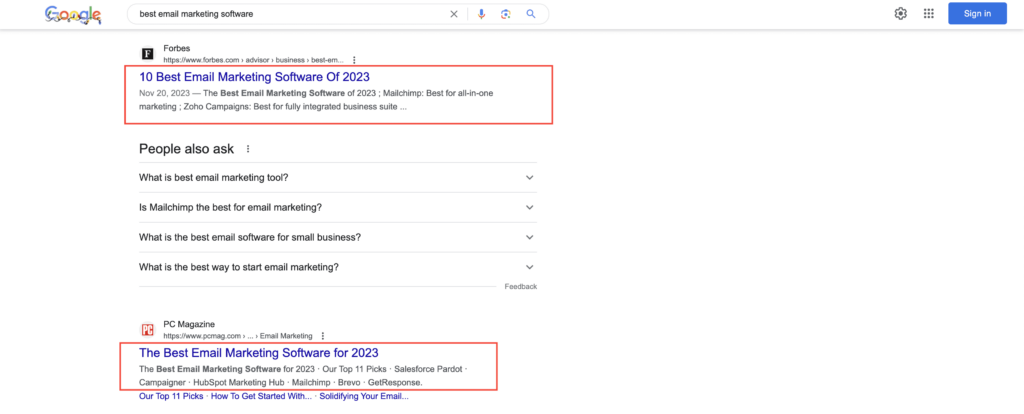

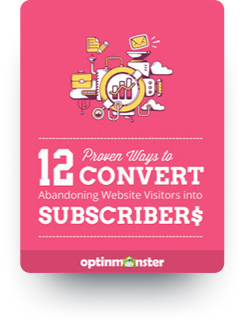









Add a Comment